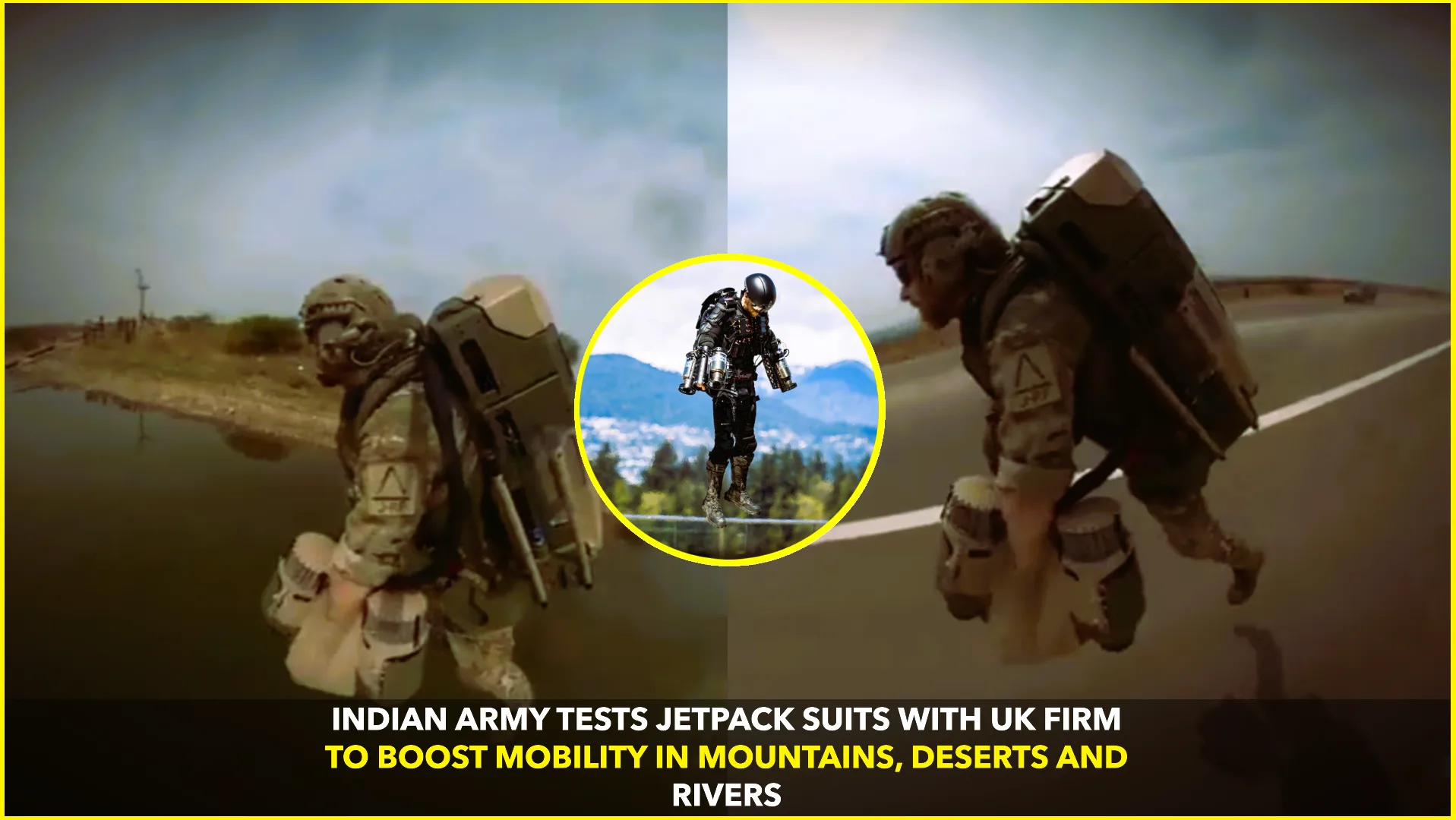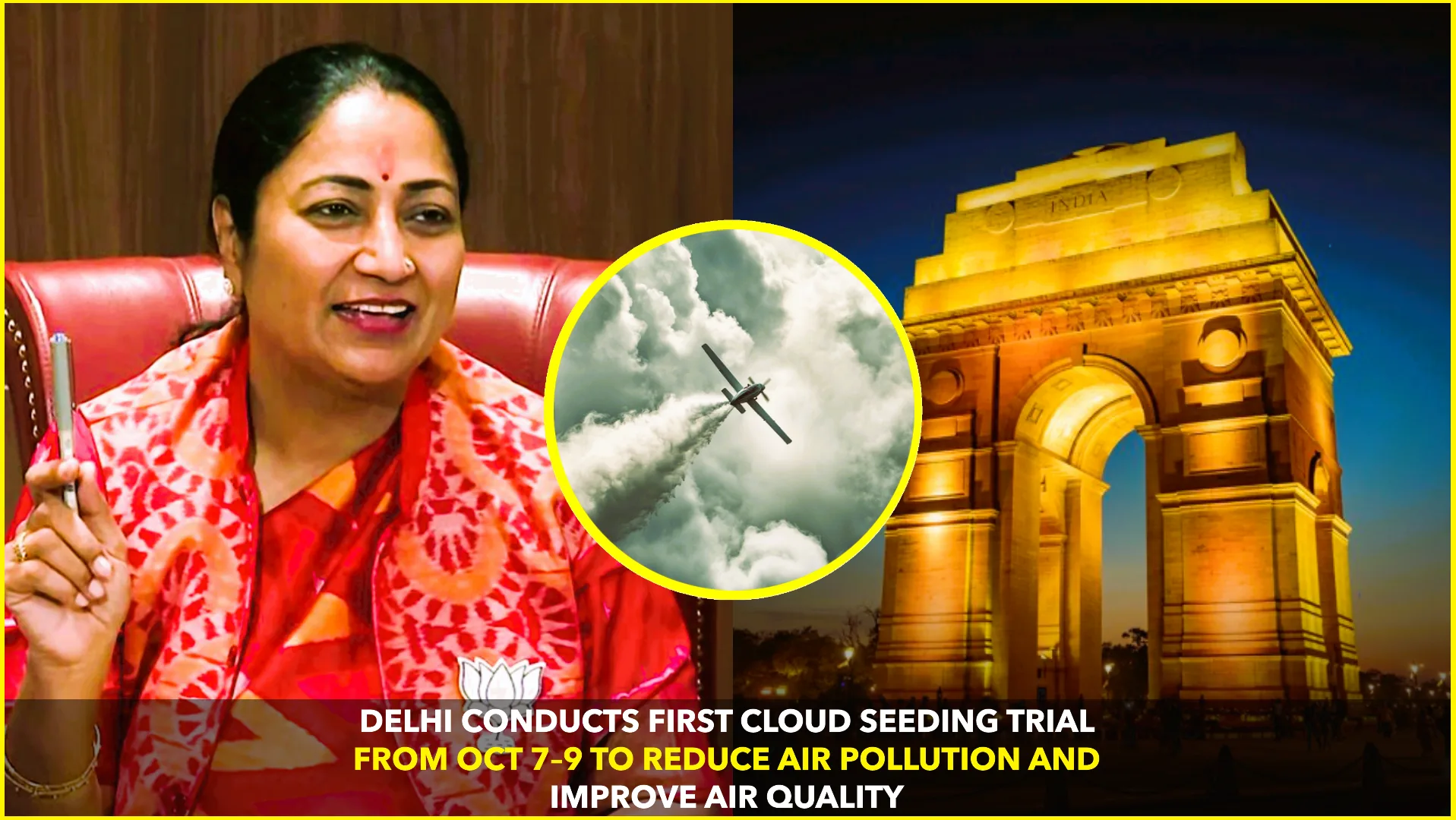India Eyes Jetpack-Powered Soldiers
In a bold step toward next-generation warfare, the Indian Army has begun trials of jetpack suits developed by the UK-based company Gravity Industries. These tests aim to see whether soldiers outfitted with these propulsion systems can achieve rapid movement in terrains that are difficult to traverse — such as mountains, deserts, and even across rivers.
While the technology is still experimental and has not yet been deployed in real missions, the trials already hint at how India is pushing the envelope in defence innovation.
What’s in the Trials?
The demonstration was conducted at the Army Airborne Training School (AATS) in Agra, where Richard Browning, founder of Gravity Industries, flew a jet-suit over fields and water bodies to showcase its agility. www.ndtv.com+2Indian Defence News+2
The suit in question typically uses small jet engines attached to the arms and back of the wearer, allowing vertical lift and controlled flight in short bursts. The Times of India+1 The Army is reportedly considering procurement of 48 such systems through a fast-track process. www.ndtv.com+2Indian Defence News+2
Why Jetpacks?
There are a few potential advantages the Army hopes to test:
- Speed & surprise: In rugged terrain, moving on foot is slow and predictable. Jetpacks might allow rapid insertion or extraction.
- Access to remote zones: Mountain passes, desert expanses, and river crossings that are hard to reach on foot or even by vehicle could become accessible.
- Tactical flexibility: These suits might complement helicopters, drones, and ground forces, giving more options in missions.
- Rescue & relief: Beyond combat, the technology could help in rescue missions in disaster zones, when roads are blocked or inaccessible.
Still, there are significant hurdles to overcome — including range, fuel efficiency, safety, payload capability, and durability in harsh weather.
Challenges & Limitations
Even though the idea is exciting, the real-world use of jetpacks by soldiers faces major constraints:
- Flight duration: Current systems give only a few minutes of flight time before fuel runs out.
- Payload limits: Carrying weapons, gear, or protective equipment adds weight, reducing performance.
- Safety risk: In combat zones, jet exhaust, noise, or visibility would make the user vulnerable.
- Terrain & conditions: Wind, altitude, weather extremes pose engineering challenges.
- Logistics & cost: Maintaining, fueling, transporting, and training for such systems is complex and expensive.
Because of these hurdles, the suits remain in trial stages, not yet ready for field deployment.
Could Jetpacks Change the Future?
There’s no simple yes or no. But here’s how things might play out:
- Supplement, not replace: Jetpack suits won’t substitute soldiers or vehicles entirely, but they might become a niche tool for specific missions.
- Special forces & reconnaissance: Elite units operating in extreme terrain may benefit first.
- Tech maturity matters: As battery, propulsion, and materials technology improve, performance might rise to useful levels.
- Adversarial developments: Rivals and other armies will notice — and may attempt similar systems.
- Doctrine & tactics shift: The Army will need to create new operational doctrines to integrate jetpack-equipped troops with air and ground assets.
My Take
I think jetpacks are unlikely to become the standard mode of movement for soldiers anytime soon, but they could offer a powerful “force multiplier” in specialized roles. In places where every second matters and terrain resists conventional movement, a well-engineered jetpack solution could give an edge.
Yet, the gap between flashy demos and reliable battlefield systems is wide. Even if just a handful of troops — scouts, rescue teams, or special ops — use jet suits in select missions, that would signal a major change in how we think about soldier mobility.
In short: It’s not “soldiers flying everywhere tomorrow,” but it’s a serious step toward adding aerial mobility to infantry toolkits.










